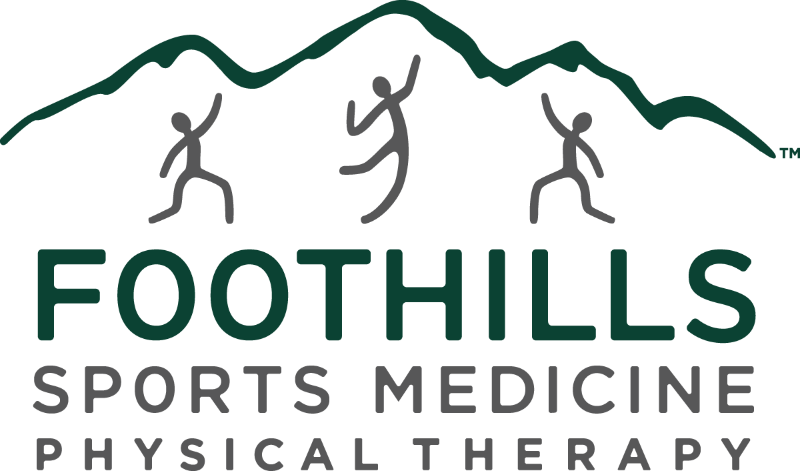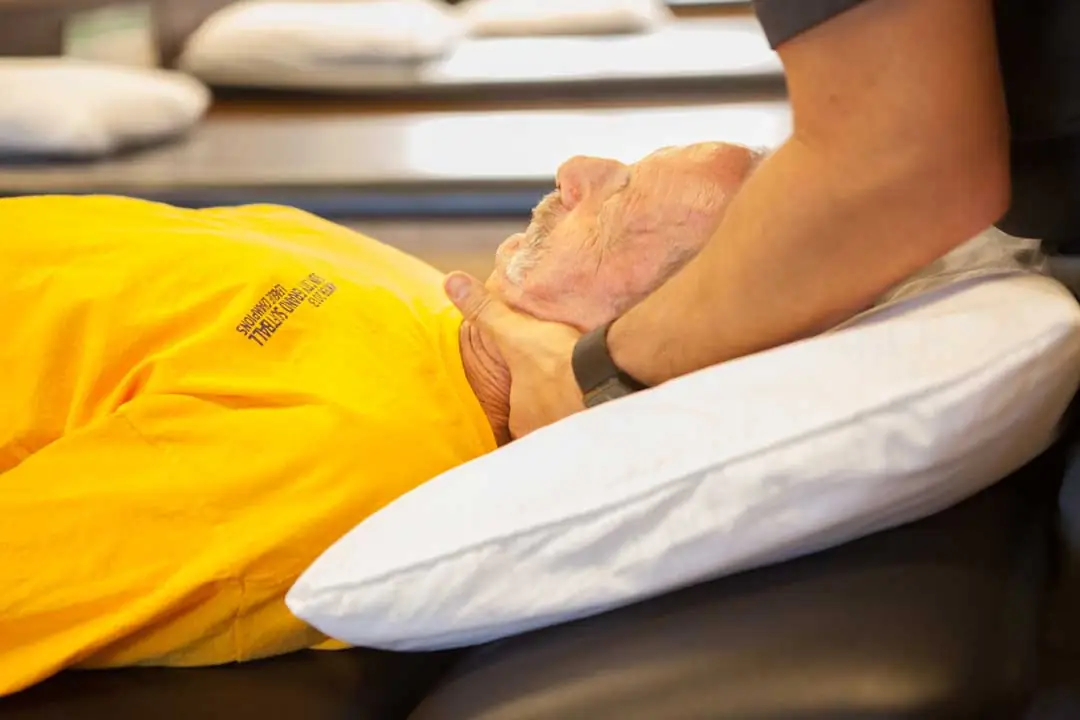Disorders of the temporomandibular joint, also commonly known as TMJ, affect about 10 million Americans. The condition affects women more commonly than men. TMJ disorders include a variety of conditions and symptoms including muscle pain, joint pain, clicking, occasional joint locking, loss of joint range of motion, headache, and difficulty eating.
The TMJ connects the lower jaw to the upper jaw. When the mouth is open, the lower jaw glides downward on an articular disc, which provides a smooth gliding surface and shock absorption. Occasionally, this disc can become dislodged, causing repeated clicking or locking of the joint. The ligaments surrounding the TMJ can become inflamed thus restricting joint motion and causing pain.
The TMJ can develop osteoarthritic changes, resulting in pain, loss of motion, and joint crepitus (joint grinding). The muscles involved in chewing can become painful, developing trigger points, resulting in diffuse myofascial pain and tenderness to the touch. These symptoms can become chronic and significantly affect the quality of life.
Symptoms are often initially treated with bite guards, which are often marginally effective. The TMJ is largely influenced by postural abnormalities of the cervical and thoracic spine. Poor posture is a major contributing factor to TMJ pain and dysfunction. Forward head posture can cause muscle imbalance and abnormal tightening of the cervical and facial muscles. Loss of normal joint movement in the cervical and thoracic spine can also result in muscle tightening and myofascial pain. If these conditions aren’t addressed, the chances of successful treatment decline significantly.
Physical therapists are skilled in the evaluation and treatment of TMJ. Joint restrictions of the spine can be addressed with manual mobilization or manipulation techniques. Myofascial pain and trigger points can be addressed through soft tissue mobilization, including dry needling.
Exercises are effective in correcting posture and muscle imbalances while improving endurance and strength for improved function. This includes AROM exercises and instructing in self-mobilization techniques of the TMJ.
Direct manual mobilization to the TMJ can improve joint gliding, decrease joint clicking and locking, and improve TMJ ROM for decreased pain and improved eating. Direct manual mobilization can also restore pliability to the joint capsule (ligaments) when capsulitis causes joint pain and restricted ROM.
Physical therapy offers alternative and more direct treatment options for sufferers of TMJ dysfunction. Improvements often occur within the first few treatments, depending upon the severity of the condition, but more importantly, empowers the individual to learn techniques to manage the condition more independently.
If you’re looking to get relief from TMJ, contact your nearest Foothills clinic and we will get you scheduled with one of our TMJ physical therapy specialists.




